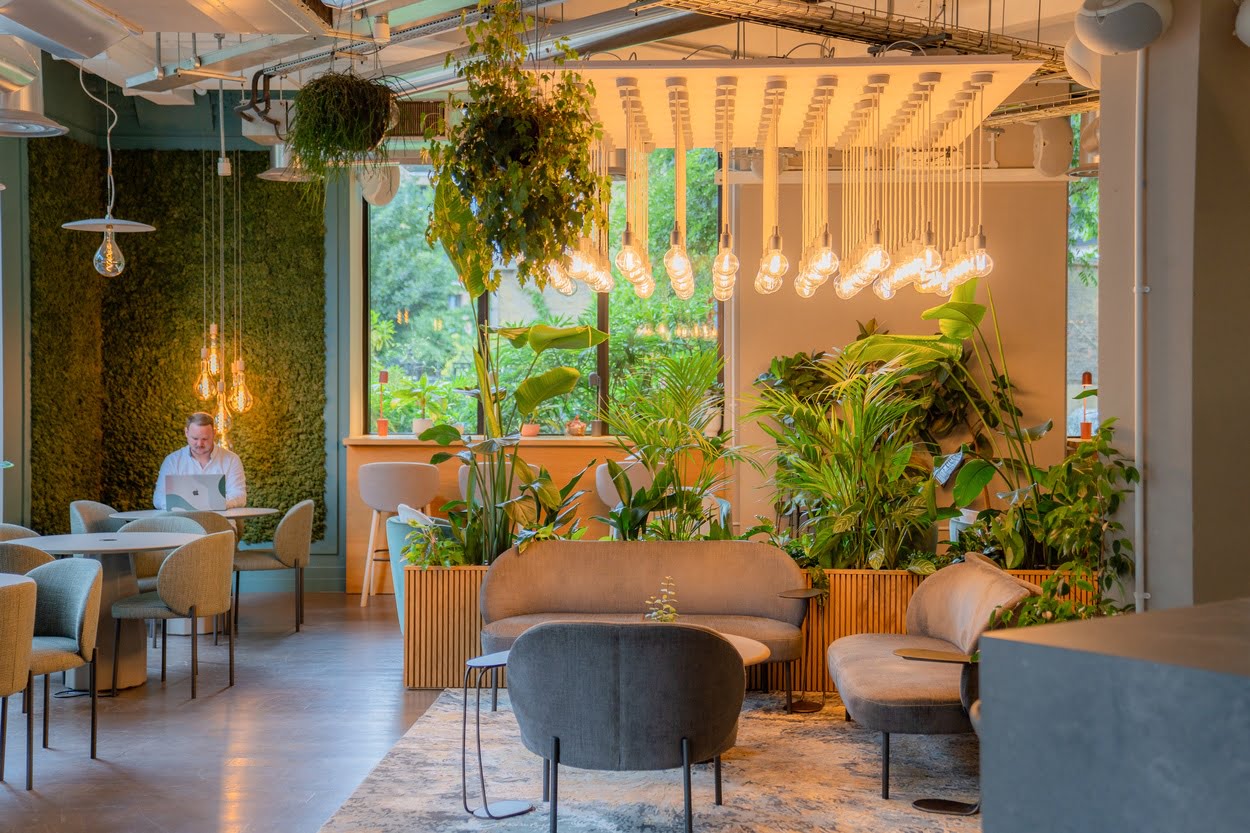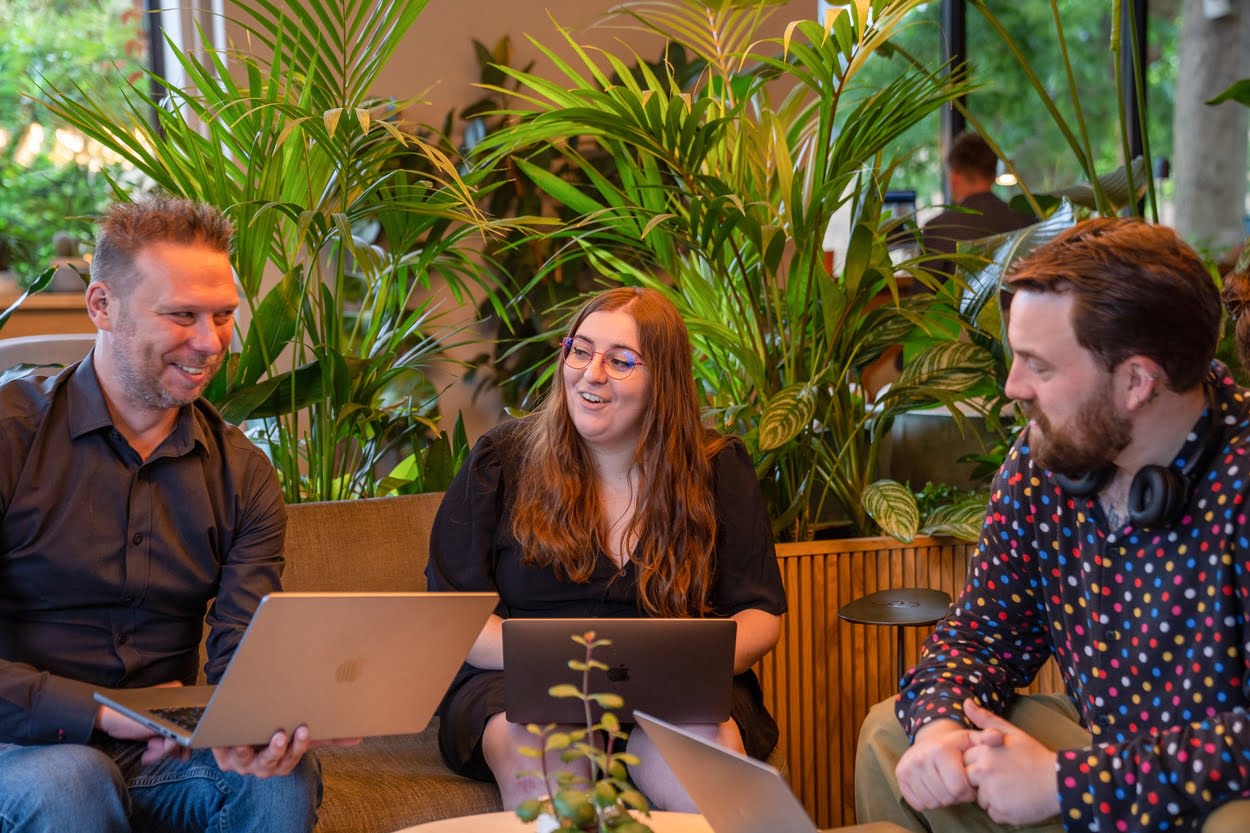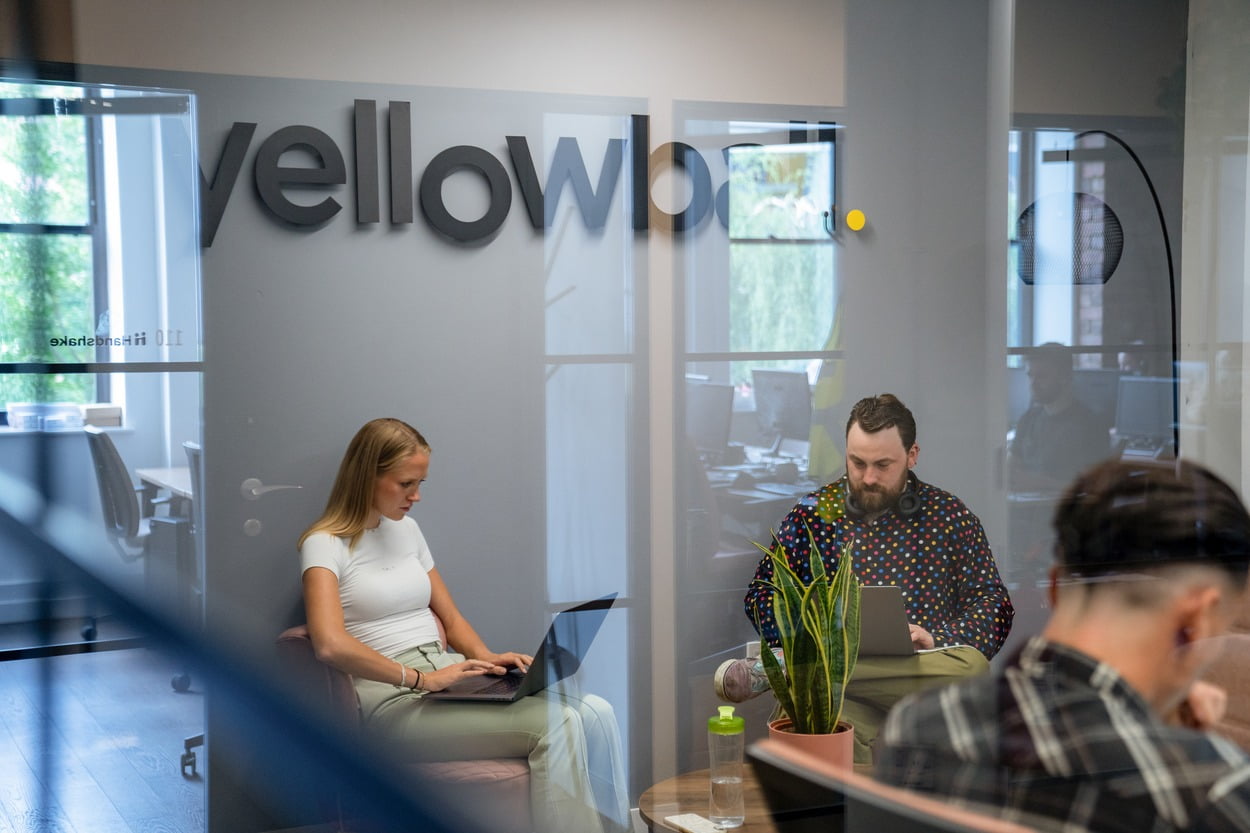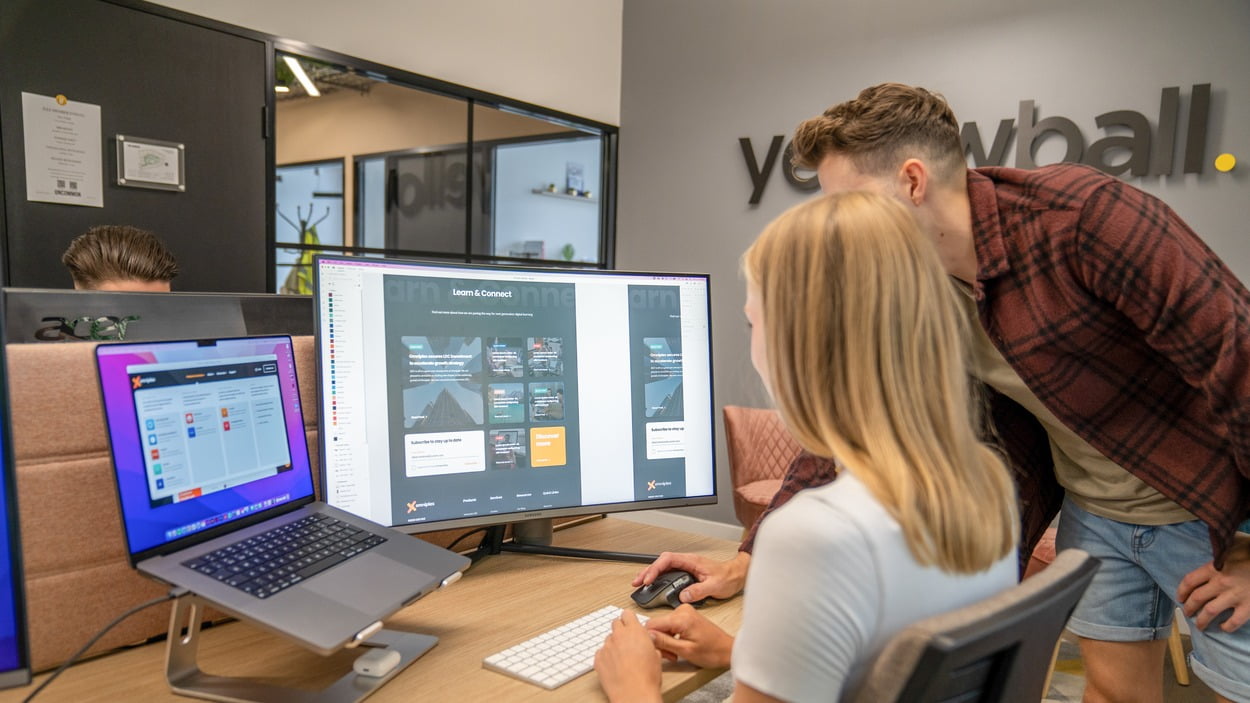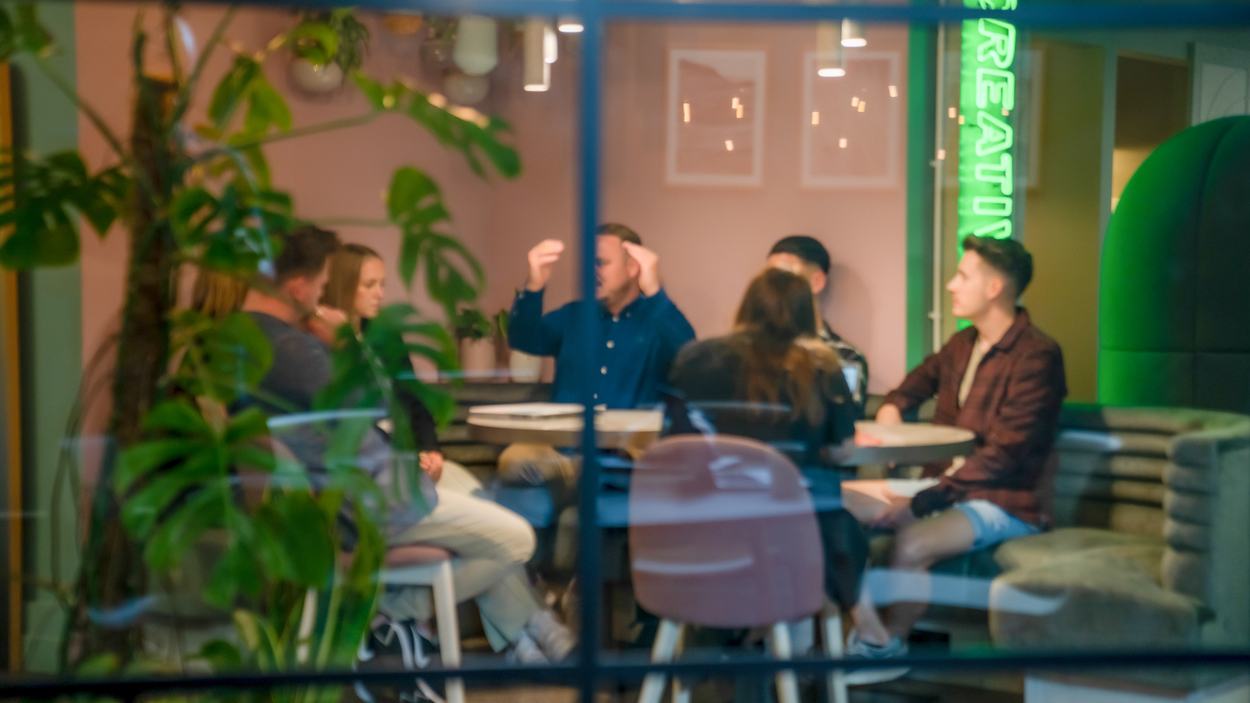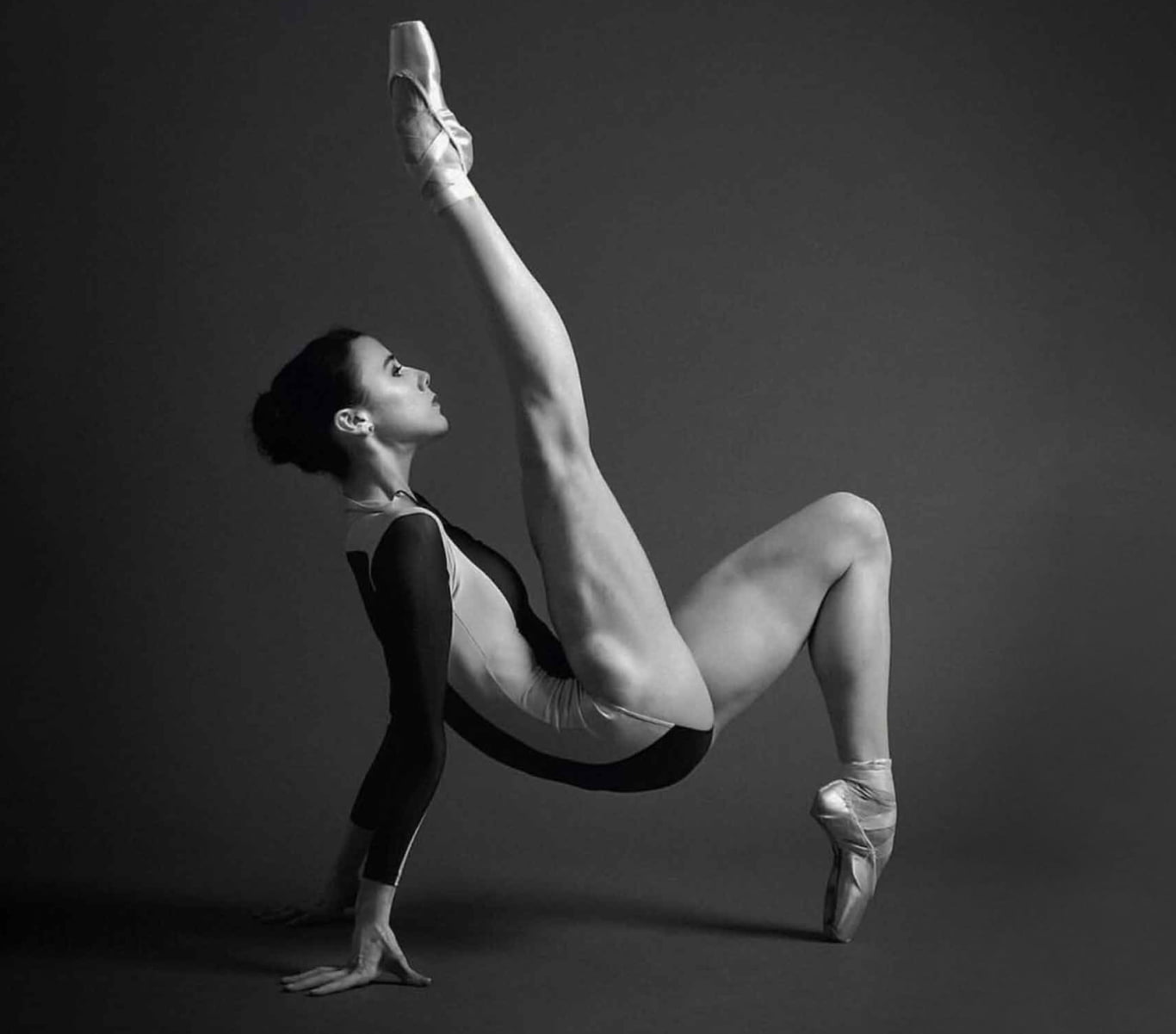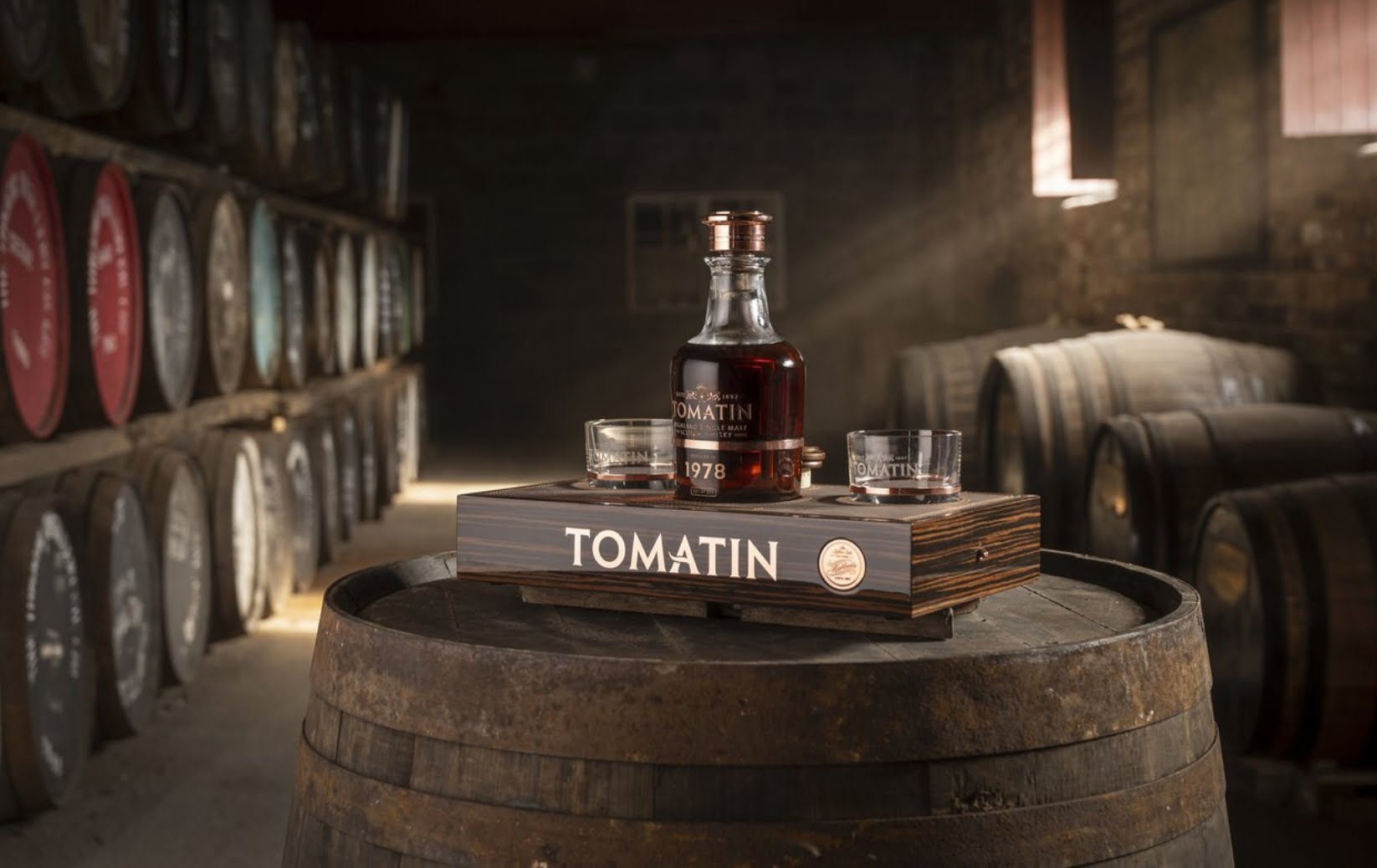Digital, mobile and web design evolves at a frighteningly fast pace. Continuing our recent series on UX design, we’ve hand-picked some of the best and most effective UX trends and principles we’ve deployed with Yellowball clients so far in 2015.
Personalised user experiences
10, or even 5 years ago, most websites were still a one-way experience. A user would log on and be spoon-fed the content that the business or organisation felt was relevant and appropriate. Then, along came the explosion of social, and with it, the concept of a customised, curated blend of content, tailored to the interests and demands of each user.
In short, social technology became woven into the fabric of everyon’e everyday lives – your clients and customers – and now you can harness the power of these new trends and methods to better broadcast and share your own content too.
Yellowball are perfectly positioned to help in this area and have worked closely with a number of clients in redeveloping the core structure of their sites to make the centerpiece an interactive live feed.
The key to making this work effectively is to ensure there is a gripping, compelling and lively blend of content being posted on a regular basis. To achieve this, creating a content plan and having key team members responsible for their respective areas is essental.
Enabling the user to hand-pick, filter and curate their content creates immediate, deep brand engagement, and increases session duration and return rates therefore showcasing a greater range of content in one view. Interactive feeds also work great on mobile too due to the ease with which a user can scroll down with a swipe.
A recent example of where we’ve deployed this successfully is on the new Sencio site: www.sencio.org.uk
Card-style layouts
Card style layouts have been steadily increasing in popularity and we do not envisage this to abate. They provide a clean and easy user experience especially considering the vast quantities of information that are being displayed to us and the usability of mobile devices. In our opinion there are 4 key factors that have contributed to this popularity:
Social News Feeds
Web 2.0 has not just affected the way that we interact with each other but also the type and style of consumable content. A lack of real estate for content and the need to differentiate between content sources has helped to create card style layouts.
Imagery
Camera phones, faster computer speeds and high speed internet have all contributed to imagery being a fundamental aspect of our digital lives. This imagery has inevitably added to the card style format that is being adopted.
Mobile
Much like social news feeds, content displayed on mobile needs to be easily digestible whilst utilising minimal real estate.
Responsive Design
The necessity for free moving elements in responsive design means that for the majority of websites, containing content in a card style format reduces development time and potential errors.
Card style layouts can be seen across some of the most popular apps and websites in the world, from Pinterest to Tinder. They are also an incredibly popular way to display blog articles and expect newspapers to start following suit both in their apps and on their websites.
Bigger emphasis on typography
Many argue that the internet and the dawn of social media as we know it will contribute to a substantial decrease in attention spans – others would argue that it is not a decrease in attention spans but in fact an increase in our ability to consume content and also to display it in an easy to understand format. Whatever your side of the argument, typography will inevitably be centrefold to this argument. Images and video will almost certainly play a larger and larger part but typography will never become obsolete.
Users expect information to be delivered both beautifully and succinctly. As a direct result we envisage large format typography to be combined with stunning imagery to be a focus for 2015. A really cool example of this is the website of a Brazillian Designer living in Los Angeles: Andre Do Amaral. Check it out.
Also have a read of this study into whether different fonts can affect the credibility of the content.
Use of bespoke icons
Icons are not necessarily new, in fact far from it. However, the mainstream use of bespoke icons to decrease text on a page and increase UX could be considered to be reasonably new. Whatever the history behind them we envisage this to be a considerable area of growth in regards to User Experience design in 2015.
Bespoke icons can add real intrigue for the user, much more so than simple text (although see the above point for counter argument!). When executed well and icon can improve the visitor flow dramatically, encouraging the user to click through and convert into a customer.
There have been discussions in regards to the standardisation of icons in order to decrease any potential ambiguity, but we would argue that this would substantially affect their effectiveness. Bespoke icons are more than merely a tool to navigate around a website, they can be an incredibly strong branding tool and UX tool – we think that a lot of companies in 2015 will treat them as such.
You can tell we treat them seriously by the fact that we use them across the majority of our own website!
Yellowball is a London Based SEO & Web Design Agency!



